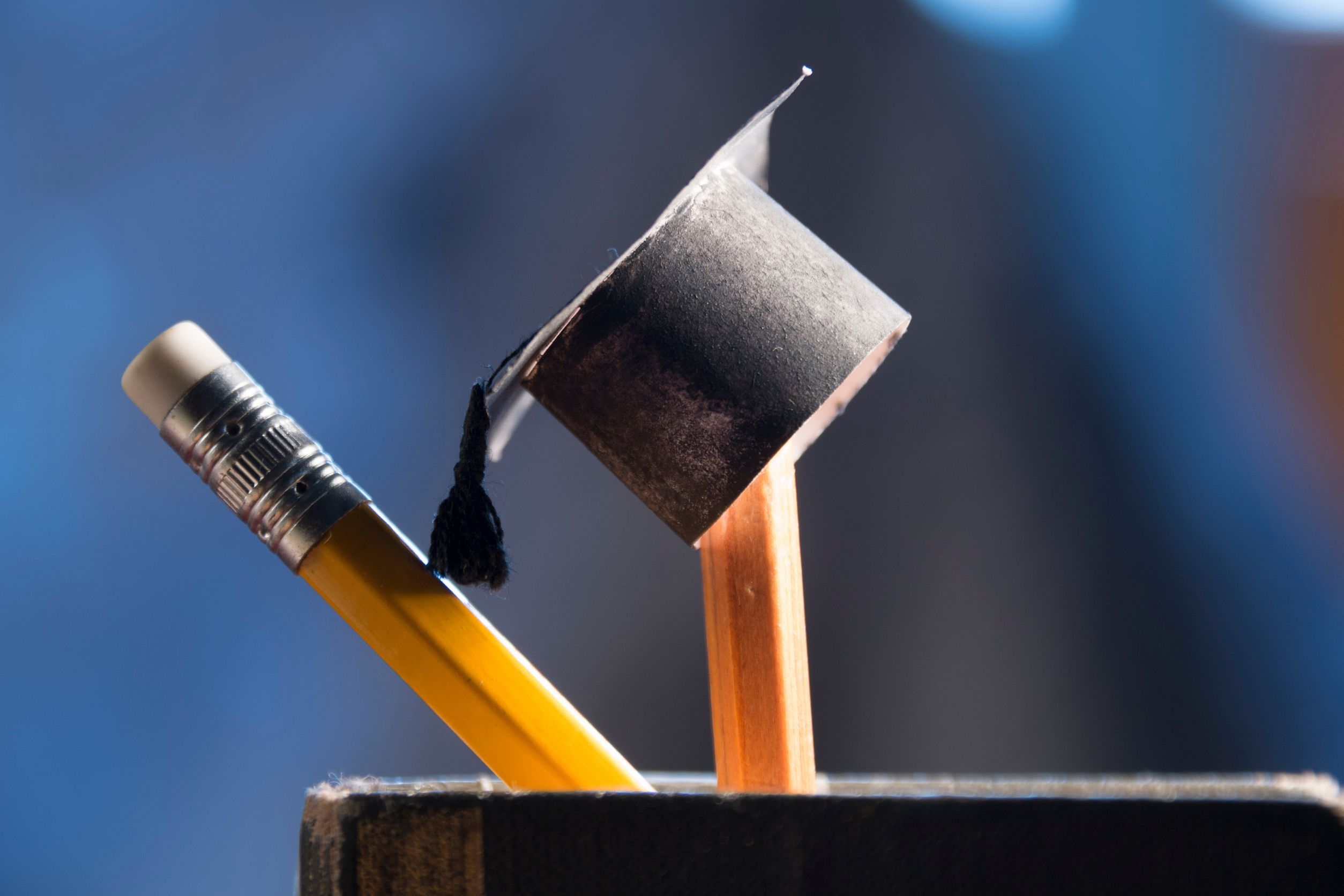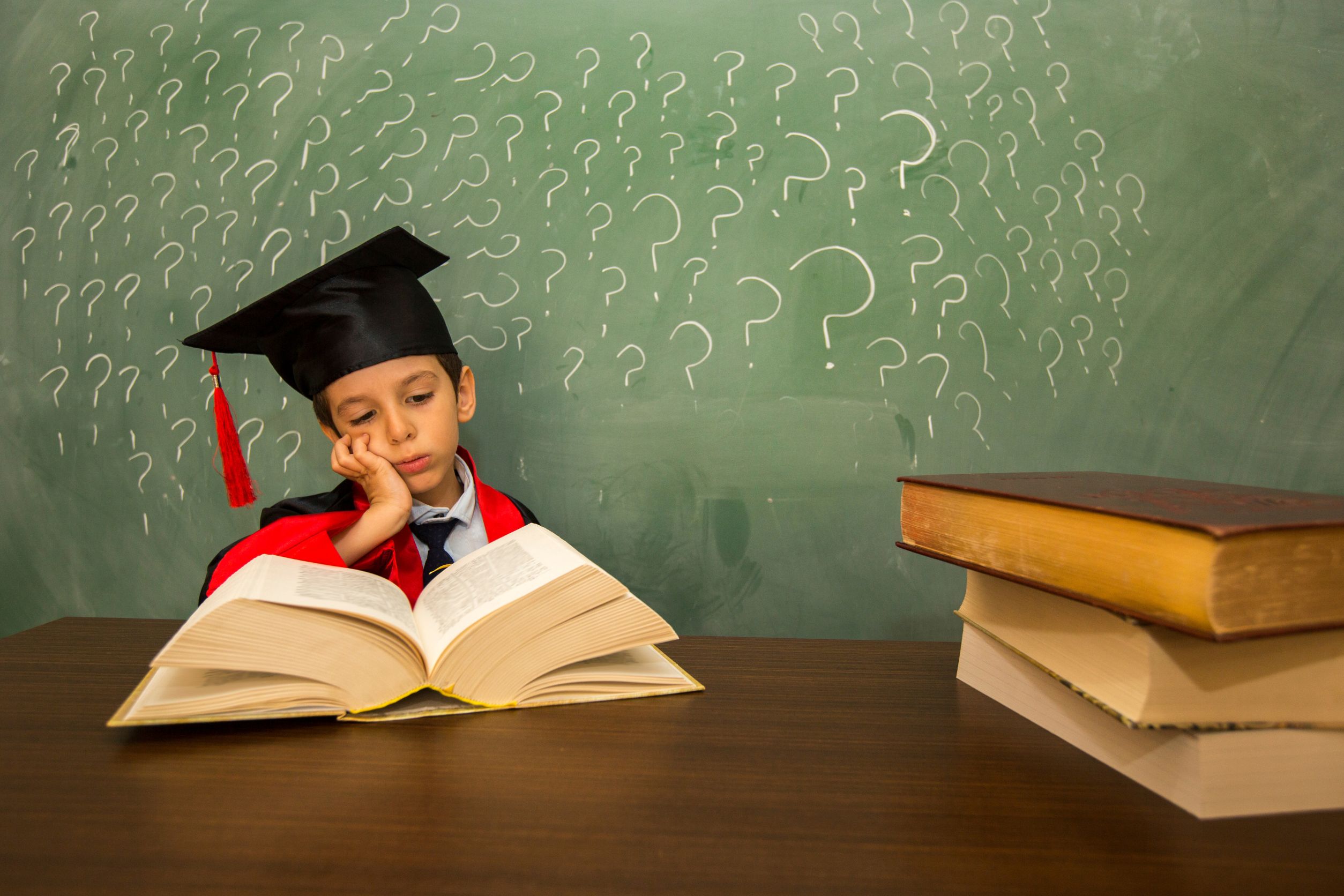The quality of education in the U.S. varies widely by state, with some struggling to provide students with adequate resources, funding, and opportunities. Several factors, including student-to-teacher ratios, standardized test scores, graduation rates, and per-pupil spending, play a role in ranking public school systems. Based on recent studies, these seven states consistently fall short in educational performance.
1. Mississippi: Low Test Scores and High Dropout Rates
Mississippi has long ranked near the bottom of national education rankings. The state struggles with low standardized test scores, particularly in math and reading. Many schools lack essential resources, leaving students with outdated textbooks and technology. The student-to-teacher ratio is high, making personalized instruction difficult. Additionally, Mississippi has one of the highest dropout rates in the country. Efforts to improve education funding have been slow to show results.
2. New Mexico: Funding Challenges and Teacher Shortages
New Mexico consistently ranks among the lowest in the nation for public education. One of its biggest struggles is inadequate funding, leading to fewer resources for students and teachers. Many schools operate with aging infrastructure, limiting students’ access to modern learning environments. Teacher shortages are another major issue, with low pay making it difficult to attract and retain qualified educators. The state also has one of the highest child poverty rates, which impacts student performance. Graduation rates remain below the national average.
3. Louisiana: Poor Academic Performance and Low Graduation Rates
Louisiana faces significant challenges in providing quality education. The state has some of the lowest standardized test scores in the nation. Schools in low-income areas often suffer from severe underfunding, leading to large class sizes and fewer extracurricular programs. Graduation rates are concerning, with many students failing to complete high school on time. Teacher retention is a major issue, as many educators leave for better-paying opportunities in neighboring states. Recent efforts to improve educational outcomes have shown little progress.
4. Nevada: Overcrowded Classrooms and Low Teacher Pay
Nevada’s public school system struggles with overcrowding, making it difficult for students to receive individualized attention. The state ranks among the worst for student-to-teacher ratios, with many classrooms exceeding recommended sizes. Low teacher salaries contribute to high turnover rates, leaving schools with a shortage of experienced educators. Funding per student is below the national average, leading to outdated materials and limited resources. Many students in Nevada score below proficiency levels in core subjects like math and reading. The state’s graduation rate is also lower than most of the country.
5. Arizona: Insufficient Education Funding and High Student-Teacher Ratios
Arizona ranks poorly in public education due to its lack of sufficient funding. Per-pupil spending is among the lowest in the nation, resulting in fewer resources and outdated curricula. Schools often struggle to maintain qualified teachers, with many leaving due to low salaries and high workloads. The student-to-teacher ratio is one of the highest in the U.S., making it difficult for students to receive the attention they need. Standardized test scores in Arizona fall below the national average, particularly in lower-income areas. The state also has a lower-than-average high school graduation rate.
6. Oklahoma: Education Budget Cuts and Low Academic Achievement
Oklahoma’s education system has suffered from years of budget cuts, negatively impacting student learning. Many teachers in the state are forced to purchase their own classroom supplies due to inadequate funding. Schools have struggled to retain qualified educators, with low wages prompting many teachers to move elsewhere. Academic achievement is below average, with poor standardized test scores in key subjects. Class sizes continue to grow, making it harder for students to get individualized attention. The lack of early childhood education programs has also hurt long-term student success.
7. South Carolina: Struggles with Literacy Rates and School Funding
South Carolina faces major challenges in public education, particularly in literacy rates. Many students graduate high school with below-average reading and writing skills. Schools in lower-income areas receive significantly less funding, leading to disparities in education quality. Teacher retention is another issue, as low pay and lack of resources push educators to leave the state. Standardized test scores remain low, especially in rural communities. The state has also struggled with implementing effective education reforms.
The Urgent Need for Education Reform
The public school systems in these states face serious challenges that hinder student success. Issues like low funding, high dropout rates, and teacher shortages continue to plague their education systems. Without meaningful reforms, students in these states will continue to be at a disadvantage compared to those in better-funded school districts. Addressing these problems requires increased investment in education, higher teacher salaries, and improved curriculum standards. Parents, educators, and lawmakers must work together to ensure students receive the quality education they deserve. Only through significant policy changes can these states provide students with the opportunities they need to succeed.
Read More:
- A Parent’s Guide to Choosing the Right Financial Education Tools for Kids in 2024
- How Can I Make Grad School More Affordable?



